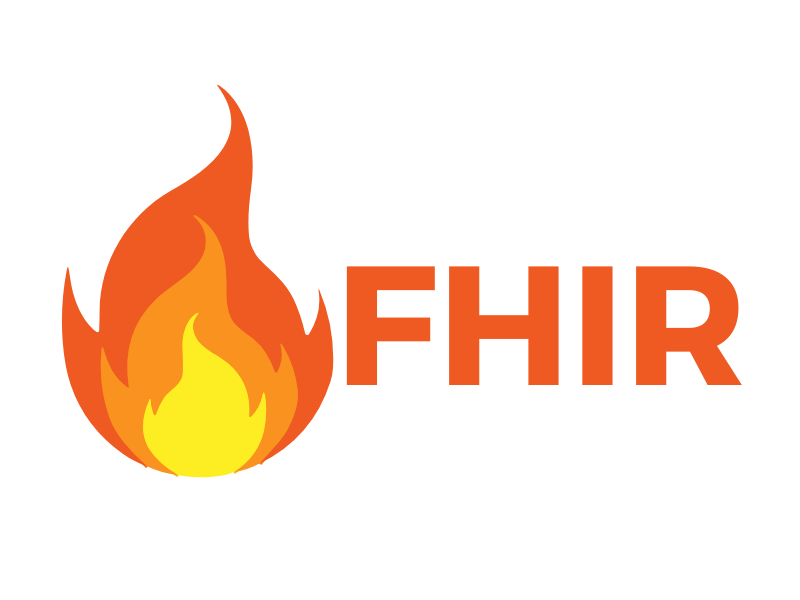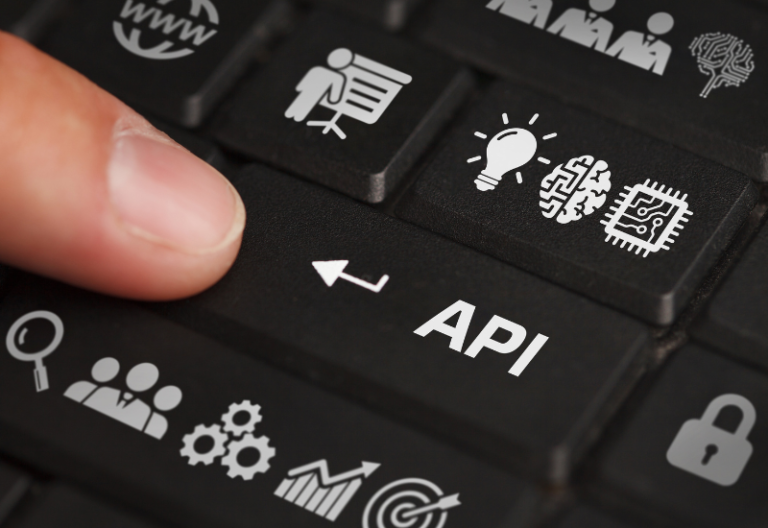Interoperability in healthcare systems is crucial not only for improving administrative processes but also for enhancing patient engagement.
Concerning this, FHIR is one of the data-sharing standards that enable interoperability, or the capability of different healthcare information systems to exchange and use health data securely.
This article will equip you with all the information you need about FHIR and why doing so is crucial.
Table of Contents

FHIR Definition and Overview
FHIR (pronounced fire) stands for Fast Healthcare Interoperability Resources. It’s an interoperability standard for securely and reliably exchanging electronic healthcare information. It was developed by Health Level Seven (HL7) International, a non-profit organization that develops frameworks and standards for sharing clinical health data.
Following FHIR’s standards makes it easier for healthcare systems and applications to share data using a web-based approach. To accomplish this, the standard offers a set of APIs that healthcare systems can use to communicate. These can be used for free and follow common web standards so developers can easily combine FHIR resources to achieve their target clinical use cases.
FHIR is also based on “resources,” a set of modular components representing a specific clinical concept or data (such as patient demographics). These resources are standardized and can be combined to represent complex healthcare scenarios.
What is the difference between FHIR and HL7?
FHIR and HL7 are both standards for exchanging healthcare data. HL7 is mainly used for data management in hospital systems and uses traditional messaging systems to facilitate data exchange. Its two popular versions, HL7 V2 and HL7 V3, have been widely used for decades. However, both lack certain qualities that pose a drawback for the healthcare industry.
On the other hand, FHIR uses modern RESTful APIs and open web technologies to exchange data. It incorporates the beneficial components of HL7 with contemporary technologies to facilitate faster and simpler data sharing. It also addresses HL7 limitations by offering better security measures and compatibility with mobile devices.
FHIR is also more versatile than HL7 since its interoperability covers a broad range of systems and devices. HL7 is limited because it relies on XML, a widely used but challenging messaging format. For its part, FHIR supports both JSON and XML. JSON is a lightweight and easily readable format that is ideal for mobile applications.

What Role Does FHIR Play in Healthcare?
FHIR has several crucial real-world applications in today’s healthcare environment.
FHIR for patients
FHIR’s compatibility with mobile devices makes it ideal for developing mobile health apps that improve patient care. For instance, Apple’s iOS Health app uses it to pull patient data from EHRs and combine it with generated data from the patient’s phone.
This creates a holistic visualization of their health, encouraging patients to participate actively in their care. Patients can see their lab results, medications, allergies, procedures, etc. They can also access payment coverage, including authorization assistance, payment coverage determination, and medical reconciliation.
FHIR for healthcare providers
Healthcare providers also benefit from FHIR applications because they’re no longer locked to their specific system. It enables third-party applications to connect to any EHR, opening the possibility of a better healthcare system personalized for their practice.
Since FHIR enables the creation of mobile apps, healthcare providers can now access critical patient information anywhere. This allows them to provide timely care and more accurate diagnoses that improve patient outcomes.
FHIR for software developers
With a better and more modern standard, developers can create useful and value-laden products without worrying about the implementation. FHIR supports modern technologies and expands the programming languages developers can use.
It’s easier for them to develop interoperable and scalable healthcare applications that are easy to maintain and cost-efficient. The ease of development also encourages developers to explore innovative healthcare products that can further improve and modernize the industry.

How FHIR is Transforming Healthcare Interoperability
FHIR provides a standardized framework for representing and exchanging healthcare data. This common standard allows disparate healthcare systems and applications to communicate seamlessly, regardless of their underlying technologies or vendors.
A standardized framework makes connecting these systems and creating cohesive healthcare ecosystems easier. As a result, different healthcare IT systems can share data more effectively, leading to improved care coordination, streamlined workflows, and better patient outcomes. Also, patients can securely share their medical records and communicate with healthcare providers. They can schedule appointments and manage their care using FHIR-based tools, empowering them to participate actively and take greater control over their healthcare journey.
By offering a common standard, it reduces the costs associated with healthcare interoperability. It eliminates the need for custom interfaces and complex data mappings. Healthcare organizations can leverage FHIR-compliant solutions and tools to accelerate system integration, minimize development efforts, and achieve cost savings in data exchange initiatives.
As FHIR adoption grows along with the increased demands for mobile healthcare solutions, it will continue to play an increasingly critical role in enabling seamless health and medical data exchange and collaboration.
Enable Direct and Secure Messaging With iFax
FHIR-based solutions facilitate the secure and seamless exchange of electronic healthcare information. If your objective is to exchange health data through secure fax and messaging, consider choosing iFax.
Backed by the latest military-grade security, iFax, through its API, seamlessly integrates with your existing EHR, EMR, and other healthcare systems. Our communication solutions also offer scalable features and cost-effective plans. With it, you can confidently grow your business by transmitting critical information on a platform that adapts to your needs.
Check out iFax’s programmable API, or request a free personalized demo.







